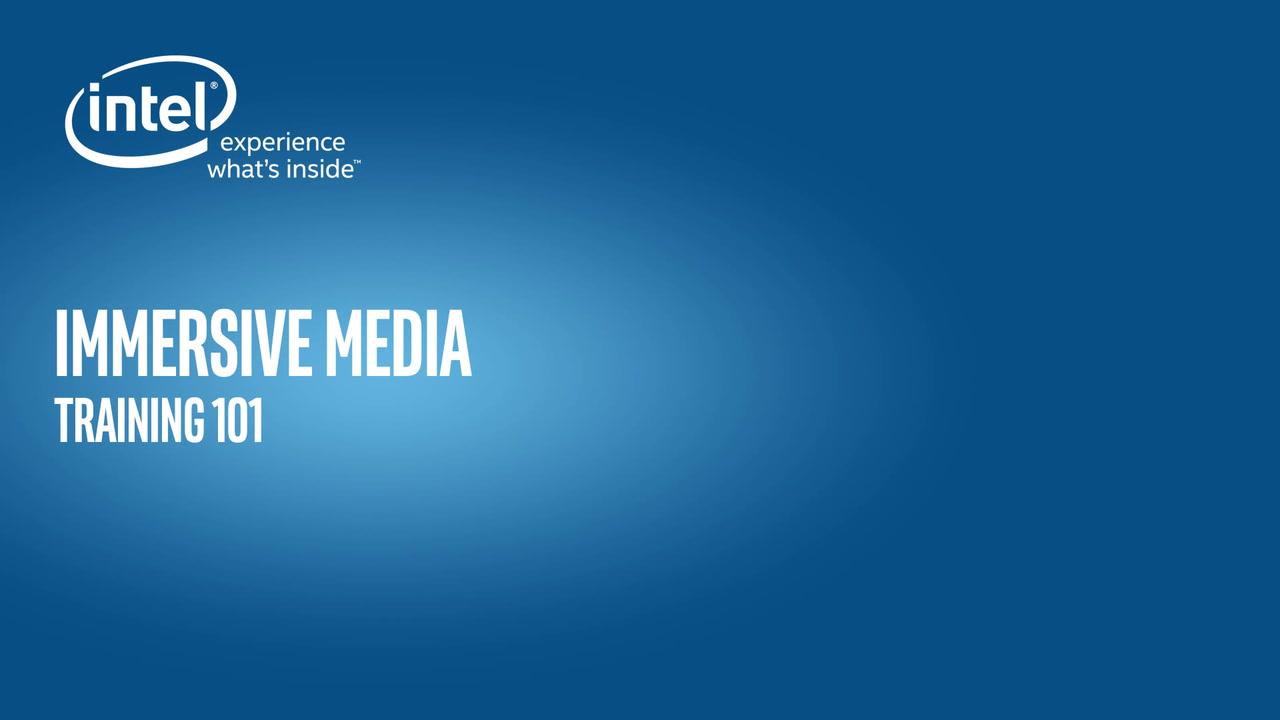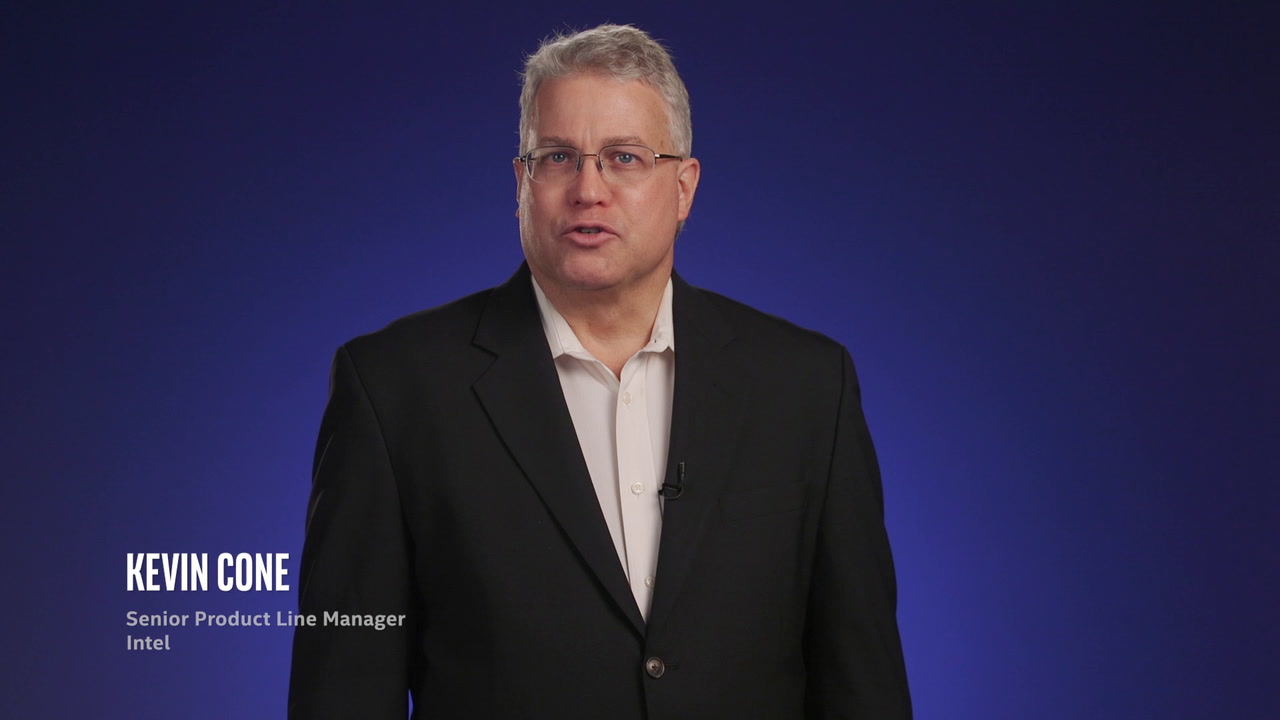Program Overview
More visual content is being delivered via cloud computing every day including live streaming video and new immersive experiences like virtual reality. These new user experiences require new architectures and technologies as well as ubiquitous broadband connectivity between connected devices, the network edge and cloud data centers.
10 Courses
Share With
This course discusses trends in the video industry, and how Intel and our partners are unleashing the intelligent, interactive and immersive visual experiences in the Cloud and at the Edge.
Smart city is a rapidly growing technology use case which has a potential of multiply the stream that need AI. In this course, Surbhi Madan, Solution Architect at Intel will walk you through the design Intel has architected for Smart City use cases which is powered by Open Visual Cloud stack.
This course provides and introduction to the exciting world of immersive media within Visual Cloud. It covers the immersive media market and four key use cases including 360 video, volumetric streaming, augmented reality (AR) and immersive gaming.
This course provides an introduction into the features and architecture of Scalable Video Technology (SVT), SVT encoders, SVT encoder interface, and sample APIs. Delve deeper into SVT encoder architecture and algorithms while learning about SVT-AV1 progress over time. Explore the latest SVT-AV1 VOD optimizations, real-time performance on Intel® Xeon® based processors, and Intel’s SVT roadmap and additional resources to continue learning.
In this course, Katrina Feliciano-Stoddard, Intel Product Line Leader for Visualization Solutions, discusses the difference between graphics, visualization and rendering. She then goes into greater detail regarding raster and vector graphics before providing an overview of data and 3D visualization. Katrina explains the different markets where rendering is used today and expands on the quality and performance tradeoffs of offline, interactive and real-time rendering.
In this course, Katrina Feliciano-Stoddard, Intel Product Line Leader for Visualization Solutions, provides an overview of rasterization and ray tracing including the advantages and challenges of each method for visualization. Katrina examines the trends in visualization and then introduces the open source libraries that make up the Intel® Rendering Framework.
Craig Hurst, Director of Software Strategy and Product Management in the Visual Cloud Division at Intel, provides an overview of the Open Visual Cloud as an open source project that offers a set of pre-defined reference pipelines for various target visual cloud use cases. He discusses the visual cloud design considerations from a communications service provider perspective and how Open Visual Cloud benefits the ecosystem. He later explains the Open Visual Cloud reference pipelines and how Intel is investing in technology to establish a common, scalable reference architecture for Visual Cloud.
In this course, Surbhi Madan, Solution Architect at Intel, looks at Intel’s role in the Open Visual Cloud, an open source project building on industry standards based frameworks and optimized, interoperable software ingredients to release reference pipelines for key target use cases. She discusses the availability of Open Visual Cloud open source software on the github.com repository and conducts demonstrations building FFmpeg in the cloud repository and encoding using Scalable Video Technology for HEVC and AV1. Surbhi then looks closer at Open Visual Cloud reference pipelines, how this applies to media analytics, the ingredients of this Open Visual Cloud pipeline and how this can be run through an FFmpeg or GStreamer framework.
In this course, Kevin Cone, Senior Product Line Manager at Intel, presents an overview of the visual cloud service of media analytics and summarizes deep learning and convolutional neural networks. Kevin explains the five steps to creating a media analytics application and touches on the Intel® Deep Learning Deployment Toolkit and the hardware needed to create a media analytics application. He introduces the Open Visual Cloud project and provides additional detail on the Customized Ad-Insertion pipeline before providing examples of media analytics smart city use cases.
In this course learn how to setup, run & analyze media transcode workloads on baremetal/cloud instances.










